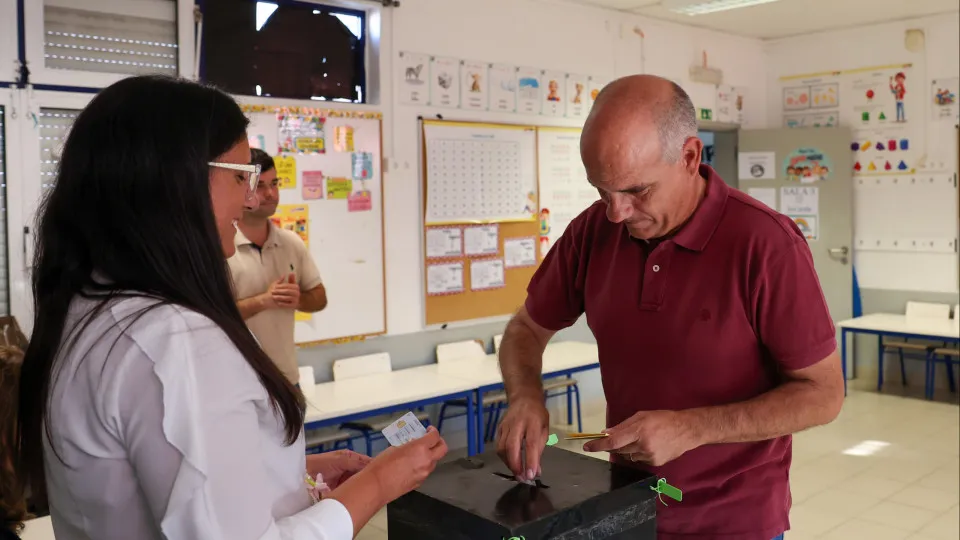A group of high school students will take national digital exams for the first time next year, according to the Institute for Educational Assessment (IAVE), which decided that the pilot project will be applied to “two or three subjects”.
The plan to end paper-based national tests and exams was piloted last year with 6,000 elementary school students and should be completed by 2025, when all students will have to read the examination papers on a screen.
In a request letter sent to IAVE, the ministry decided that next year it will be the turn to go ahead with the pilot project in secondary school on a “set of national exams”.
“The pilot project will be applied to all students who take a particular subject. We haven’t chosen the subjects yet, but they will be two or three that have neither too few nor too many students enrolled,” revealed the president of IAVE, Luís Pereira dos Santos.
Following this idea, subjects like Biology and Geology, Portuguese, Physics and Chemistry A or Mathematics, which have up to 40 thousand students enrolled in the first phase alone, should be left out.
On the other hand, students taking Portuguese as a non-native language, Mandarin or Latin A exams should not be chosen either, since there are very few of them: Last year, for example, 21 students enrolled for Mandarin and 29 for Latin A.
What is certain is that by 2025 all exams will be in digital format, from the elementary school benchmarks to the national exams.
However, the national exams carry added weight, since they are seen as a kind of ticket to higher education, worth as much as the grades awarded for the work done over the three years of high school.
The assessment tests are important to evaluate the students’ knowledge, identify their difficulties, and work on these areas, but they have no weight in the students’ final grade.
This year, more than 250 thousand 2nd, 5th, and 8th grade students will take digital assessment tests, a decision that has been criticized by principals, teachers, and parents.
Luís Pereira dos Santos acknowledged that the system is not yet perfect, with the risk that the internet network or the computers may fail during the exams, but guarantees that IAVE is working with schools to identify and correct problems.
About the model of the digital tests, the president of IAVE explained that they will be “very identical” to the structure of the paper tests: “Don’t expect major revolutions, that’s not what we want.
In the future, digital tests will allow questions with simulations, modulations, or interactive graphics, but for now “there won’t be any of that,” he assured.
The rules for the high school exams remain exactly the same as last year, with one set of compulsory questions and another set of optional questions.
The compulsory answers are “a very representative sample of what students really need to know at the end of high school or at the 11th grade”, whereas in the case of the optional items “only those which students have better scores will count for the final grade”, he recalled.
The president of IAVE left an advice to students: “Take the whole test, don’t think that there are compulsory and optional items. The test is to be done in its entirety.
For the more anxious teachers and students, Pereira dos Santos suggested they visit the IAVE website, where digital tests are available with “very close examples” of those that will be presented in the exams.




